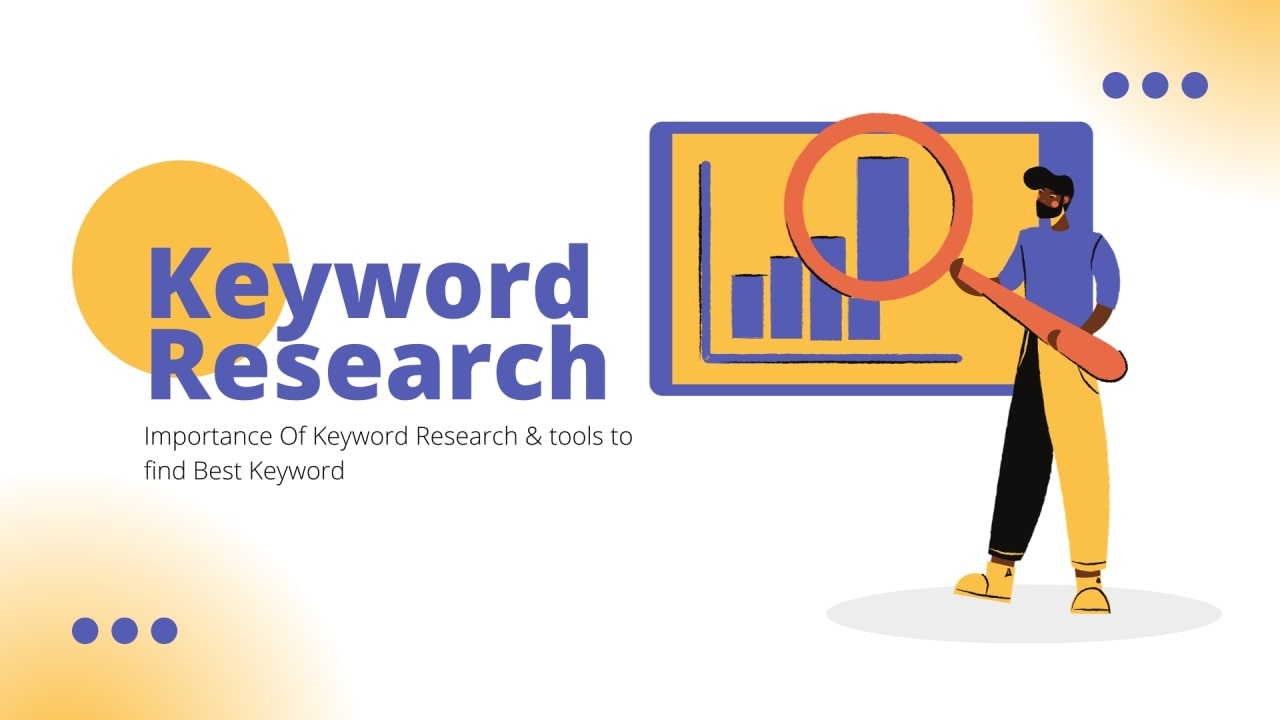
On-page SEO refers to the optimization techniques that are applied directly within the website to improve its search engine rankings and visibility. Here are the main aspects of on-page SEO:
On-Page SEO Elements
- Content Quality:
- User Intent: Ensure your content matches what users are searching for. Understand whether they are looking for information (informational intent), wanting to make a purchase (transactional intent), or comparing options (navigational intent).
- Comprehensiveness: Cover topics thoroughly. Use subtopics and related keywords to provide in-depth content.
- Multimedia: Incorporate images, videos, infographics, and other multimedia elements to enhance engagement and provide a richer user experience.
- Keyword Optimization:
- Keyword Density: Maintain a natural keyword density. Avoid keyword stuffing, which can lead to penalties from search engines.
- Synonyms and LSI Keywords: Use synonyms and Latent Semantic Indexing (LSI) keywords to make your content more comprehensive and natural.
- Long-Tail Keywords: Target long-tail keywords which are less competitive and often more specific to user queries.
- Meta Tags:
- SEO Title Tag: Limit the title tag to 50-60 characters to ensure it’s fully displayed in search results. Make it compelling to increase click-through rates.
- Meta Description: Keep meta descriptions around 150-160 characters. Use this space to summarize the content and encourage clicks.
- Headings and Subheadings:
- Hierarchical Structure: Use a clear, hierarchical structure with H1 for the main title, H2 for major sections, and H3 for subsections.
- Keyword Placement: Naturally include keywords in headings to signal the content’s relevance to search engines.
- URL Structure:
- Descriptive URLs: Ensure URLs describe the content of the page. Avoid using long strings of numbers or irrelevant characters.
- Hyphens vs. Underscores: Use hyphens (-) to separate words in URLs for better readability.
- Internal Linking:
- Anchor Text: Use descriptive anchor text that includes relevant keywords. Avoid using generic text like “click here.”
- Link Hierarchy: Link to important pages more frequently to distribute link equity appropriately.
- Image Optimization:
- File Size: Compress images to reduce load times without sacrificing quality.
- Responsive Images: Ensure images are responsive and look good on all devices.
- User Experience (UX):
- Navigation: Design a clear and intuitive navigation structure to help users find information quickly.
- Calls to Action (CTAs): Use clear and compelling CTAs to guide users toward desired actions.
- Schema Markup:
- Rich Snippets: Implement schema markup to enable rich snippets (e.g., ratings, reviews, events) in SERPs, which can improve click-through rates.
- Types of Markup: Use relevant schema types such as Article, Product, Local Business, etc., depending on your content.
- External Links:
- Link Authority: Link to authoritative sources to build credibility. Ensure external links open in a new tab to keep users on your site.

Advanced On-Page SEO Techniques
- Content Freshness:
- Regular Updates: Regularly update content to keep it fresh and relevant. Search engines favor fresh content.
- Repurposing Content: Convert existing content into different formats (e.g., blog posts into videos or infographics) to reach a wider audience.
- Content-Length and Depth:
- Long-Form Content: Longer content generally performs better in search engines. Aim for in-depth articles over 1,000 words when appropriate.
- Skyscraper Technique: Identify top-performing content in your niche and create even more comprehensive and valuable content.
- User Engagement Metrics:
- Bounce Rate: Optimize content to reduce bounce rates by ensuring relevance and providing clear navigation.
- Dwell Time: Increase dwell time by creating engaging and interactive content.
- Mobile Optimization:
- Responsive Design: Ensure your website design is responsive and mobile-friendly.
- Mobile-First Indexing: Google primarily uses the mobile version of a site for indexing and ranking, so prioritize mobile optimization.
- Security (HTTPS):
- SSL Certificate: Ensure your website is secure by using HTTPS. Google gives a slight ranking boost to secure sites.
- Content Delivery Network (CDN):
- Faster Load Times: Use a CDN to deliver content more quickly to users around the globe by caching content at various locations.

Tools for On-Page SEO
- Screaming Frog SEO Spider: For in-depth site audits, identifying broken links, analyzing meta tags, etc.
- Ahrefs: Comprehensive SEO tool for keyword research, backlink analysis, and competitor analysis.
- Moz Pro: Offers keyword research, link building, site audits, and on-page optimization suggestions.
- SEMrush: Provides extensive tools for keyword research, site audits, and competitive analysis.
- Yoast SEO (WordPress Plugin): Helps optimize your site for search engines with real-time content analysis and SEO suggestions.
By implementing these detailed on-page SEO strategies, you can significantly enhance your website’s visibility, attract more organic traffic, and improve the overall user experience.



